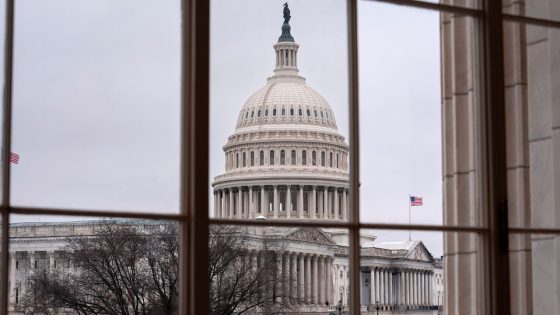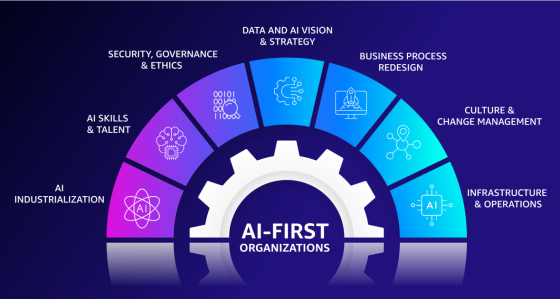A new model known as BoltzGen designs protein binders for any biological target from scratch. Developed at MIT, BoltzGen has shown promise for hard-to-treat targets in cancer and neurodegenerative diseases.
Attorneys general call on Congress to reject ban on state AI laws
Nearly 40 attorneys general across the country sent a Tuesday letter to congressional leaders urging them to reject a ban on states’ ability to enact artificial intelligence laws. “While …
Character.AI will offer interactive ‘Stories’ to kids instead of open-ended chat
The company announced last month that it would no longer allow minors to use its chat features.
How studying lions' roars with AI can help with conservation efforts
Scientists have harnessed artificial intelligence to classify lion roars, a tool they say could help with lion conservation.
Tech faculty adapt to artificial intelligence classroom landscape
As artificial intelligence begins to join the classroom, faculty members are trying to balance technological assistance with human interaction.
Practical implementation considerations to close the AI value gap
The AWS Customer Success Center of Excellence (CS COE) helps customers get tangible value from their AWS investments. We’ve seen a pattern: customers who build AI strategies that address people, process, and technology together succeed more often. In this post, we share practical considerations that can help close the AI value gap.
ChatGPT’s voice mode is no longer a separate interface
ChatGPT now lets you use voice and text in the same screen, making conversations feel more natural as responses and visuals appear in real time.
Warner Music signs deal with AI music startup Suno, settles lawsuit
WMG says artists and songwriters will have full control over whether and how their names, images, likenesses, voices, and compositions are used in new AI-generated music.
Utilizing Artificial Intelligence for the Resume Screening Process
If you have worked in a business where you’ve had to search through hundreds, or even thousands, of resumes to choose the employees you want to meet, Zip Recruiter may be able to help.
📈 Meta’s Billion-Dollar TPU Chip Deal Sparks Tech Stocks Shift
Meta is reportedly negotiating a billion-dollar deal to purchase Google’s TPU chips, a significant move that could enhance AI processing capabilities across multiple sectors. This development sheds light on competitive dynamics between tech giants, impacting Google’s and Nvidia’s stock performance. Such transactions highlight the strategic importance of AI hardware in innovation.








